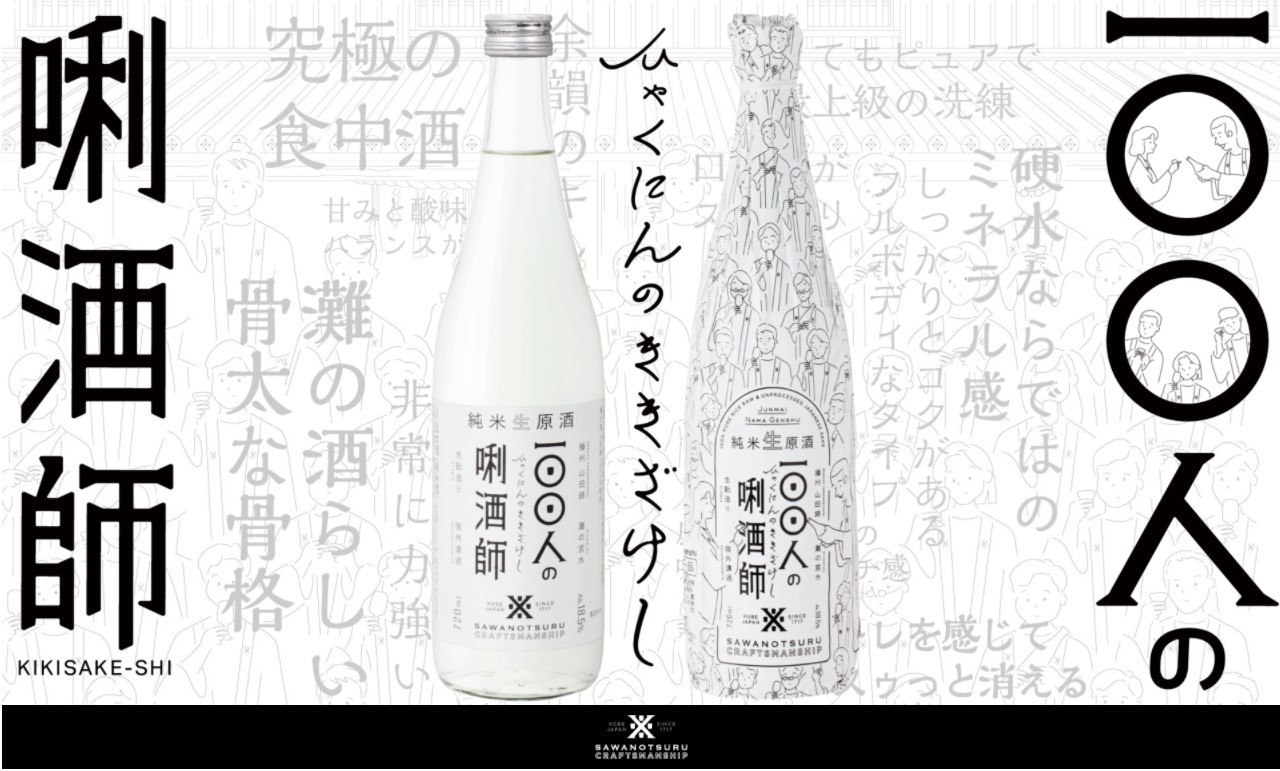100人の唎酒師 ひゃくにんのききざけし

商品の特長
美味しい日本酒を届けたい。
100 人の唎酒師の物語。
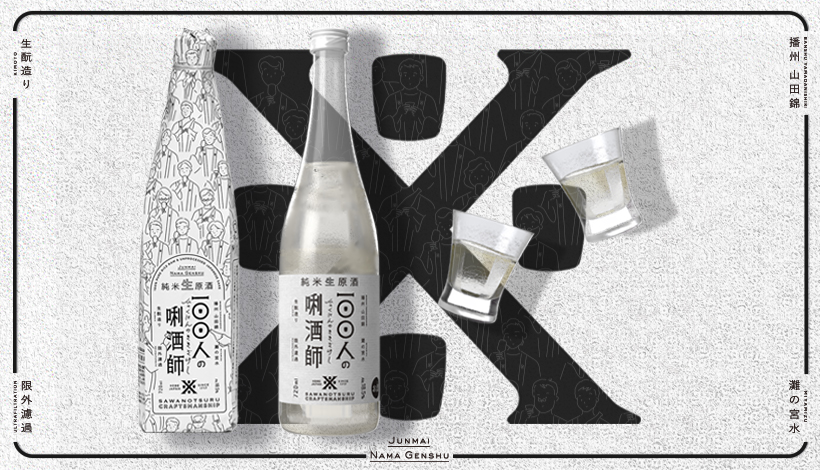
美味しい日本酒をつくるには、誰よりも日本酒を知らなくてはならない。
沢の鶴には、100 人以上の唎酒師がいます。
人から人へ、酒づくりの技術と想いを伝承し、300 年。
酵素を極限まで取り除く「限外濾過(げんがいろか)」により、火入れ(加熱処理)を一切しないため、
生酒本来の美味しさをお楽しみいただけます。
一つひとつの素材と製法にこだわり抜いた100 人の物語を、ご賞味ください。
しぼりたてのフレッシュな味わいと
香り を引き出す
「限外濾過(げんがいろか)技術」
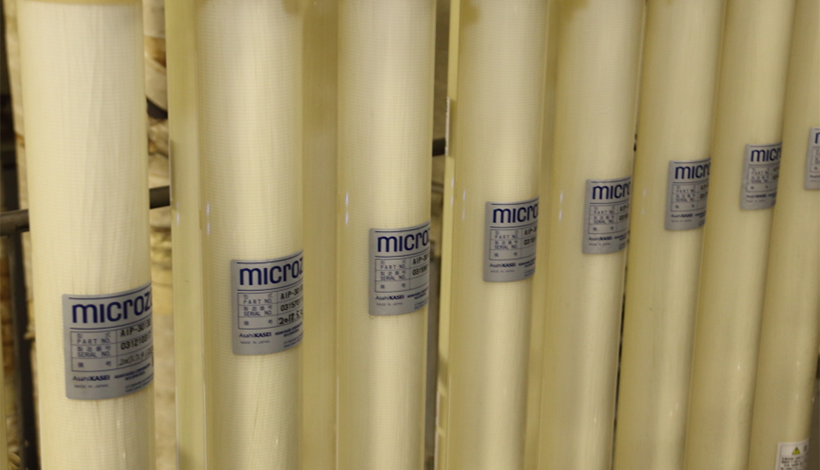
搾った後の日本酒は、そのままにしておくと品質が変化します。これは、麹菌が作った酵素がお酒の中に
溶け込んでいて、成分を変化させるからです。多くの場合、「火入れ」と呼ばれる加熱処理で、お酒に溶け込ん
だ酵素を熱で働かないようにします。この「火入れ」を行うことで、味を安定させ長期の保存が可能となります。
しかし、「火入れ」では熱することによって、酒本来の風味が損なわれてしまうと言われています。
「100 人の唎酒師」では、生酒本来の美味しさをお届けするために、「限外濾過」と呼ばれる沢の鶴の高度な濾過
技術を用いることで、酵素(タンパク質)をほとんど除去して酒質の変化を抑え、豊かな風味を確保しました。
加熱処理を一度もおこなわないからこそ、しぼりたてのフレッシュな味わいと香りがあり、それを長期間楽しむ
ことができるのです。
酒造りは、人造り。
沢の鶴の酒造り。
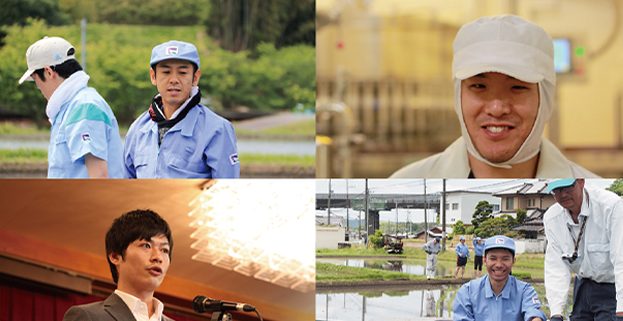
沢の鶴は1717 年(享保二年)に創業しました。米屋を営んでいた初代が、その米の目利き力を活かして酒造り
をはじめたことがきっかけでした。
純米酒といえば、沢の鶴
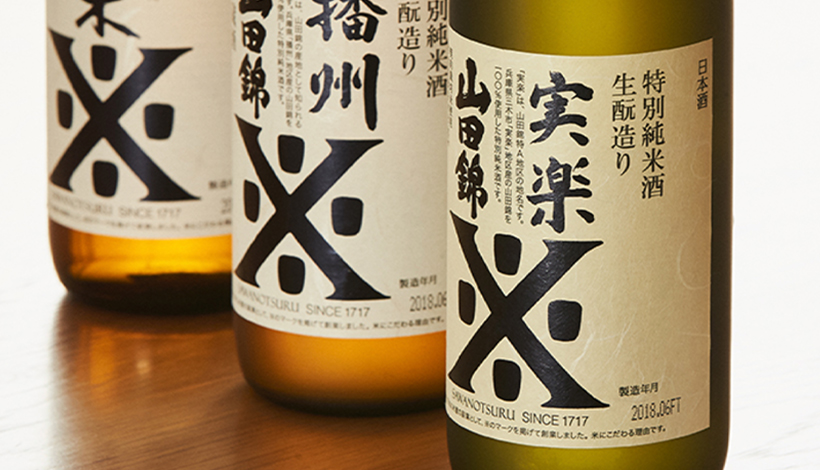
創業以来、人から人へ、米を目利きする力を代々受け継いできた沢の鶴は、
純米酒での受賞が難しいとされる『全国新酒鑑評会』で「瑞宝蔵」の純米大吟醸が“4年連続金賞受賞”しています。
米と、麹と、水だけ。
純米酒へのこだわり。
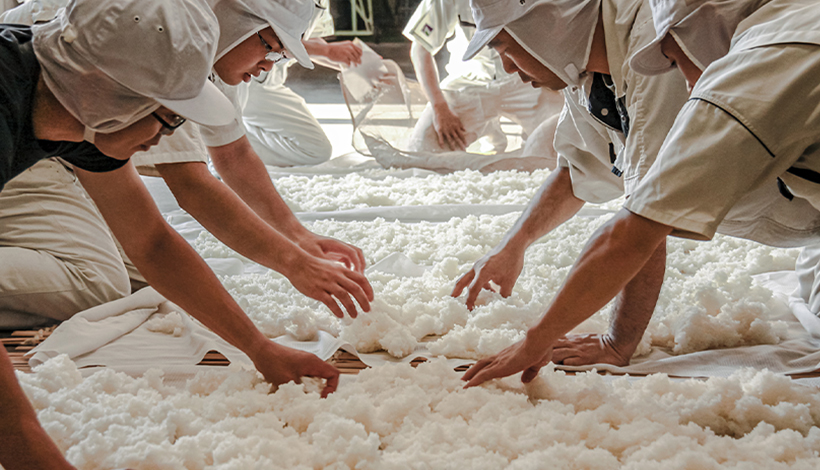
「純米酒」それは、江戸時代から続く日本酒本来の、伝統的なお酒の姿。
「飲みやすくておいしい、しっかりコメの味がする」“米だけで造ったおいしさ“にこだわり続け
ています。伝統を継承しながら、時代ごとに進化を遂げ、現在に至ります。
「100 人の唎酒師」は、
限外濾過技術を使った純米生原酒です。
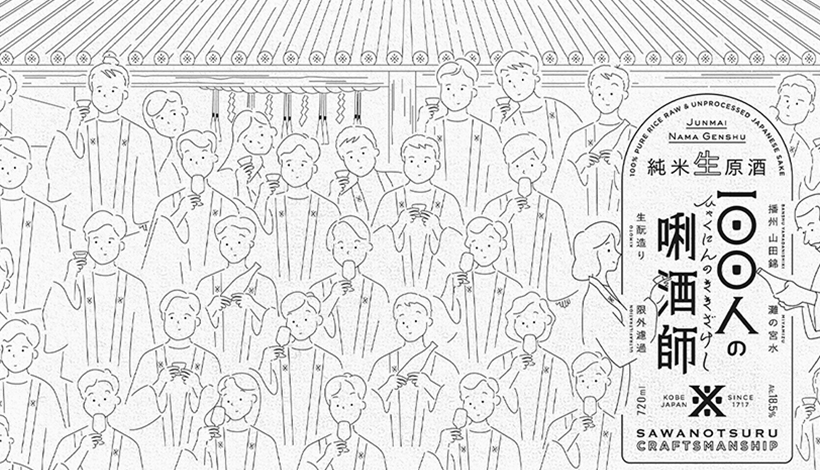
播州産の「山田錦」、灘の酒造りに欠かせない「宮水(みやみず)」を使い、酒造りの中でも最も伝統的な造り方
とされる「生酛造り(きもとづくり)」で醸造しました。まさに、沢の鶴で働く100 人以上もの唎酒師が自信を持っ
てお贈りする渾身の一杯です。
パッケージには、沢の鶴の「100 人の唎酒師」をモチーフとして象徴的にあしらいました。ぜひ、酒造りへの想いもともに、お楽しみください。
気になる味わいは?
試飲会参加者の感想
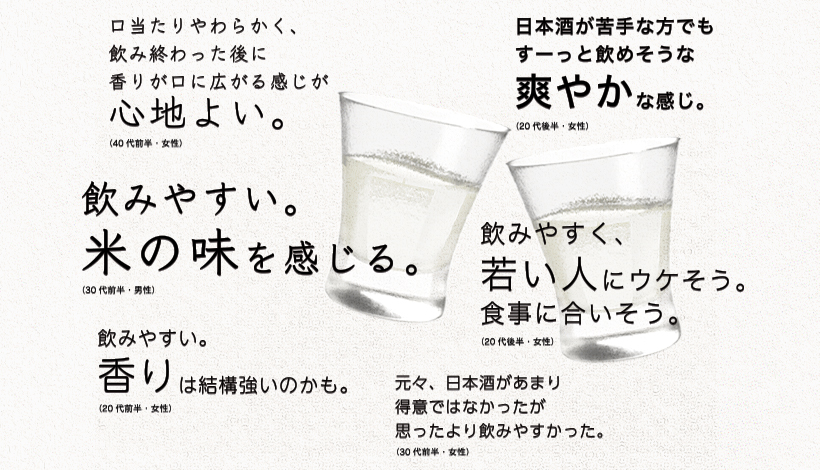
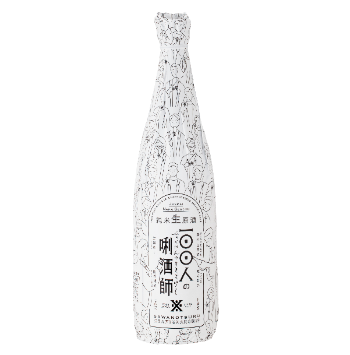
100人の唎酒師
味と特長
生酒のフレッシュでフルーティーな香りと「山田錦」特有のきめ細やかでコクのある味わい。しぼった後に一切の加水をしていない原酒ならではの濃醇な味わいは、オンザロックでもおいしくお飲みいただけます。
名水百選に選ばれている灘の宮水(六甲山系の天然水)を仕込水に使っています。
 山田錦使用
山田錦使用 生酛造り
生酛造り
- 酒質
- 特別純米酒
- 甘辛度
- やや辛口
- タイプ
- コクのあるタイプ
- 精米歩合
- 70%
- アルコール分
- 18.5%
- 日本酒度
- +2.5
- 酸度
- 2.0
- アミノ酸
- 1.5
原材料
米(日本産)・米麹(日本産米)
内容量と価格・JANコード
※この価格は2025年10月1日以降の価格です。
- 720ml
- 1,529円
- 4901808038546
※価格はメーカー参考小売価格【消費税込】です。
保存方法
冷暗の所で保管の上、開栓後はお早めにお飲みください。
※発送は、日本国内のみとなっております。
沢の鶴の商品
おいしい料理がもっとおいしくなる沢の鶴の純米酒。 その秘密と、お酒がたのしくなる大切なこだわりをご紹介します。
こだわりの純米酒
沢の鶴の純米酒は、軽やかな味わいで、毎日飲んでいても飽きないお酒です。米麹の糖化作用と酵母菌の働きのバランスを取りながらアルコール発酵が進んでいくのがお酒づくりで、特に純米酒は自分たちの手で発酵を止めることができません。だから、生きものをお世話するかのように、お酒が自然と育っていくのをお手伝いしています。まるで子どもを見守るような気持ちです。
自慢の日本酒
世の中には香りが華やかな吟醸酒があふれていますが、食事と一緒にお酒を楽しむなら、ほどよい香りのお酒を選ぶのがおすすめです。お米にこだわる沢の鶴は、料理に合う味わいの日本酒を多く造っています。食中酒としてお楽しみください。
その他の商品
古酒を使った梅酒など、沢の鶴らしさのある商品を作っています。完成までに早くても1年はかかる奈良漬けは、質の良い酒粕で漬け込んでいます。ぜひ一度ご賞味ください。


